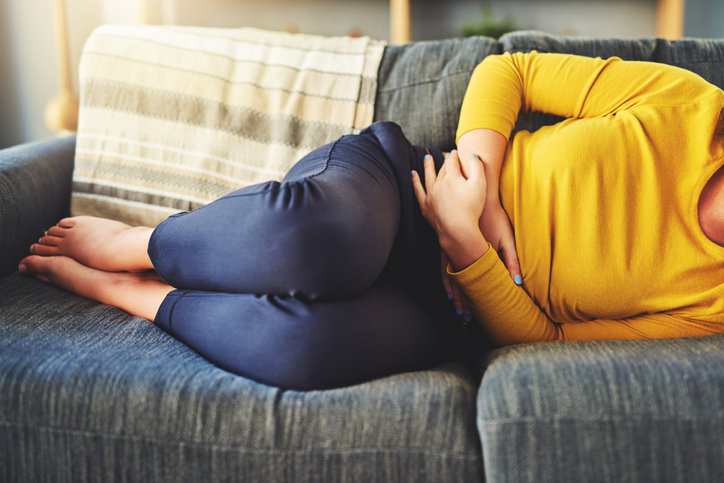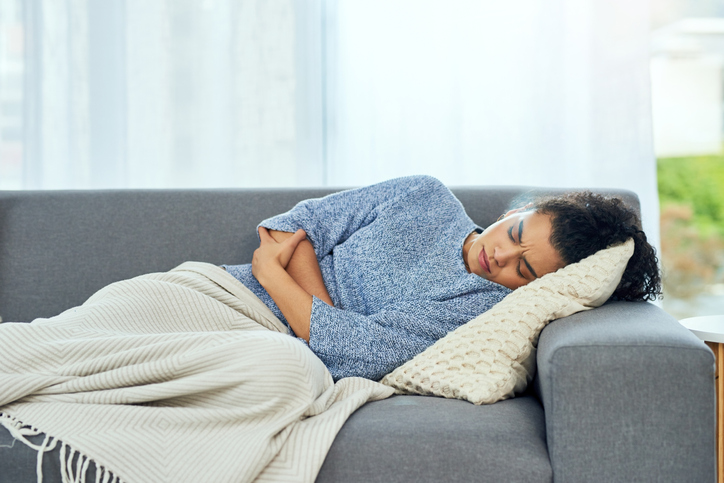Pain
What Is Endometriosis?

The uterus is lined with endometrial tissue that is shed once a month during the menstrual cycle. Endometriosis is a chronic, painful medical condition that occurs when endometrial-like tissue grows outside the uterine cavity. The ovaries, Fallopian tubes and the tissue lining the pelvis are the most commonly affected areas. Although extremely rare, endometriosis can develop on the lungs or other internal body structures. When endometrial-like tissue grows in other parts of the body, it is often referred to as endometrial lesions, nodules or implants. Endometriosis affects approximately 10% of women.
Hormonal changes during the menstrual cycle affect the endometrial-like tissue that grows outside the uterus, which can cause inflammation and pain. Hormones cause endometrial implants to grow, thicken and break down. Over time, this broken down tissue can become trapped inside the body, which can cause the following:
- Irritation
- Scar formation
- Severe, painful periods
- Fertility problems
- Adhesions (tissue that binds pelvic organs together)
Symptoms of endometriosis
The symptoms of endometriosis vary and range from mild to severe. Pain severity does not indicate progression of the condition. Symptoms of endometriosis include, but are not limited to, the following:
- Pelvic pain, most often during menstruation
- Infertility
- Painful menstrual cramps
- Heavy bleeding during menstruation
- Spotting or bleeding between menstrual cycles
- Low back pain during menstruation
- Pain during or after sexual intercourse
- Intestinal or lower abdominal pain
- Pain with bowel movements or urination, typically during menstruation
- Digestive or gastrointestinal symptoms
- Fatigue
Not all women with endometriosis experience symptoms; therefore, regular gynecological exams are important.
Possible causes of endometriosis
While the exact cause of endometriosis is unknown, possible causes include the following:
- Retrograde menstruation
Menstrual blood containing endometrial cells may flow back through the Fallopian tubes and into the pelvic cavity instead of leaving the body through the vagina. These cells may implant on pelvic walls and organs. - Induction theory (transformation of peritoneal cells)
The cells that line the inner side of the abdomen (peritoneal cells) may change into endometrial-like cells due to immune-system factors or hormones. - Surgical scar implantation
Endometrial cells may implant onto a surgical incision, such as a hysterectomy or Cesarean incision. - Endometrial cell transport
The lymphatic system may transport endometrial cells from the uterus to elsewhere in the body. - Immune system disorder
A faulty immune system may not recognize and destroy endometrial-like tissue outside the uterus. - Embryonic cell transformation
During puberty, hormones may change embryonic cells (cells in the earliest stages of development) into endometrial-like cell nodules. - Genetics or environmental toxins
Genetics or environmental toxins may play a role in the development of endometriosis.
Factors that increase the risk of developing endometriosis
Endometriosis typically develops years after the first menses (menarche) and is most commonly diagnosed in women in their 30s and 40s. Certain factors increase the risk of developing endometriosis:
- Menarche before age 11
- Short monthly cycles (less than 27 days)
- Close female relatives (mother, aunt, sister, etc.) with endometriosis
- Heavy menstrual cycles lasting more than seven days
- Between the ages of 25 and 40
- Never giving birth
Factors that decrease the risk of developing endometriosis
- Giving birth
- Menarche in later adolescence
- Regular exercise
- Low amount of body fat
















